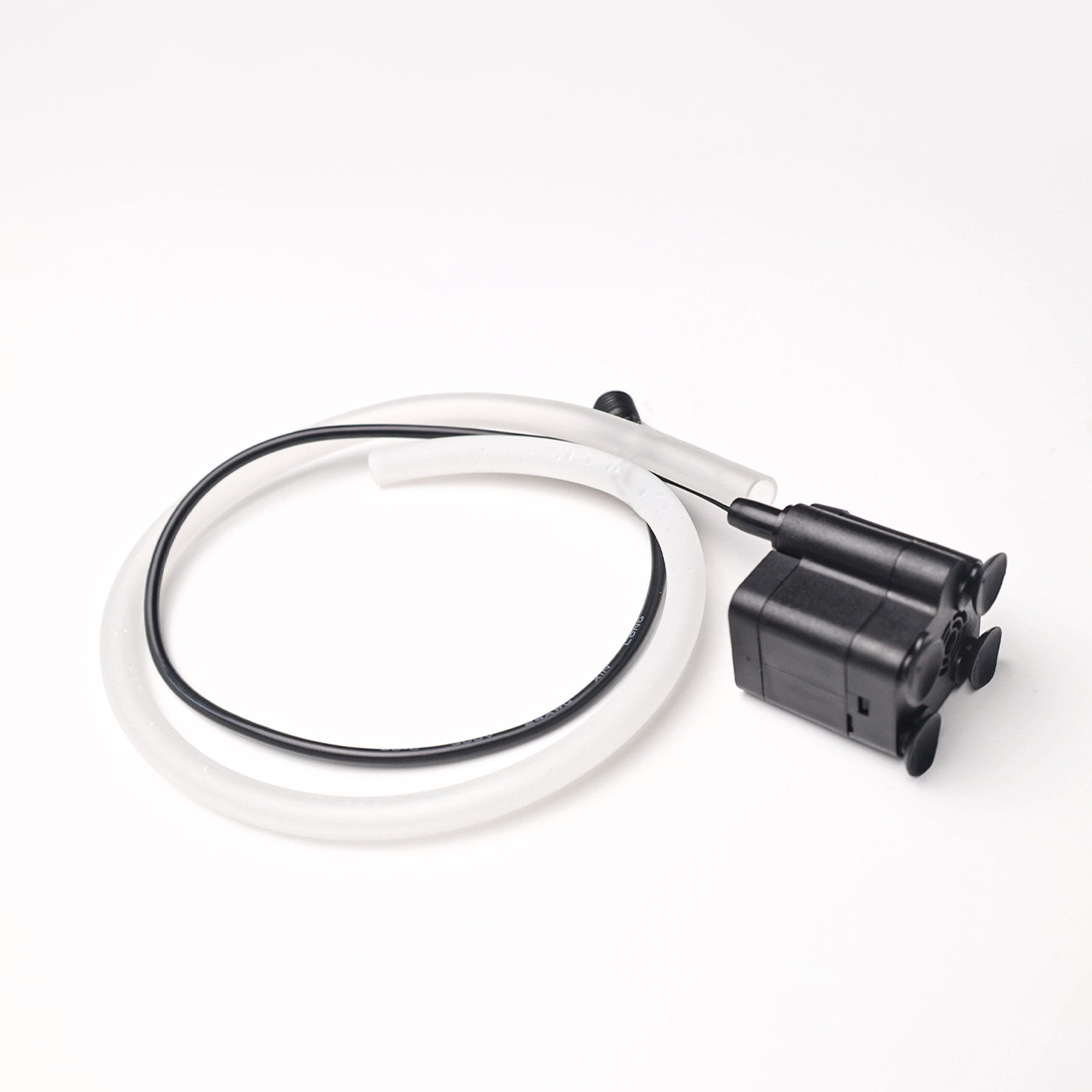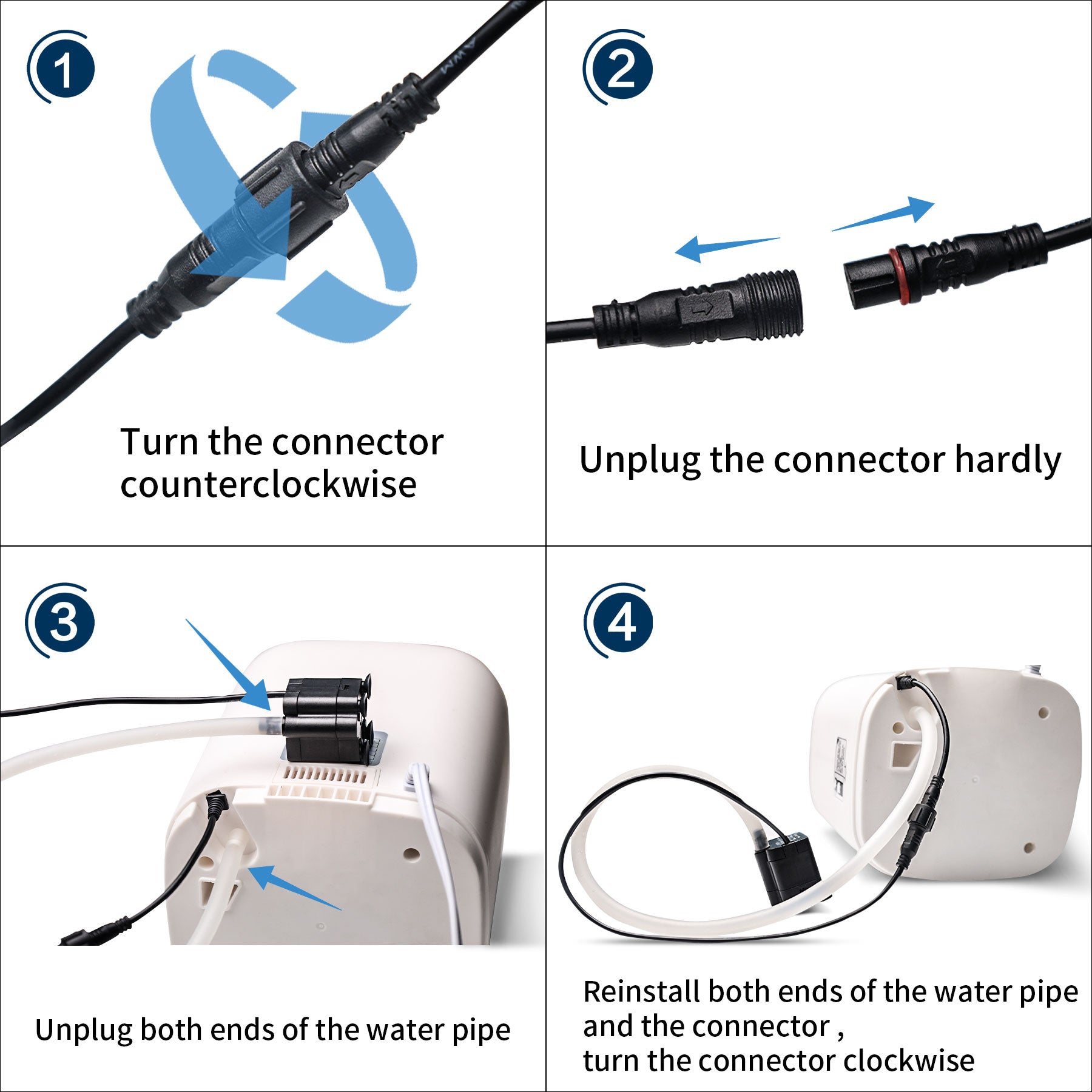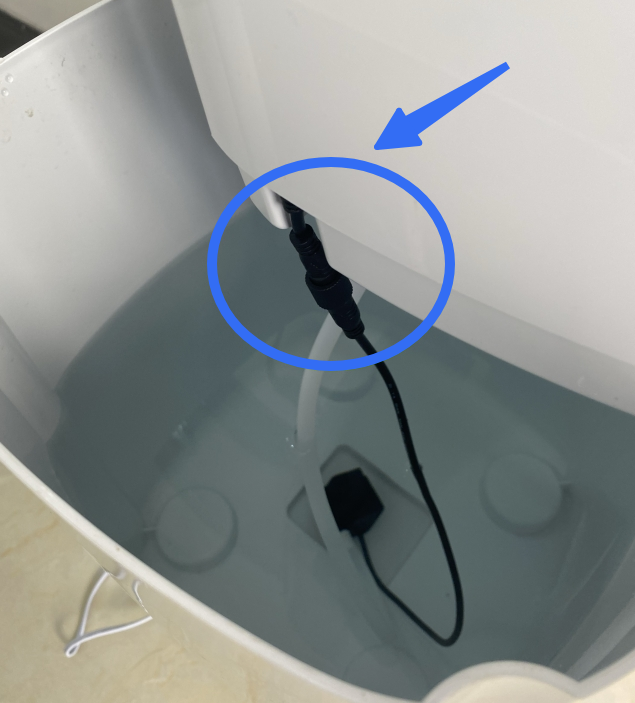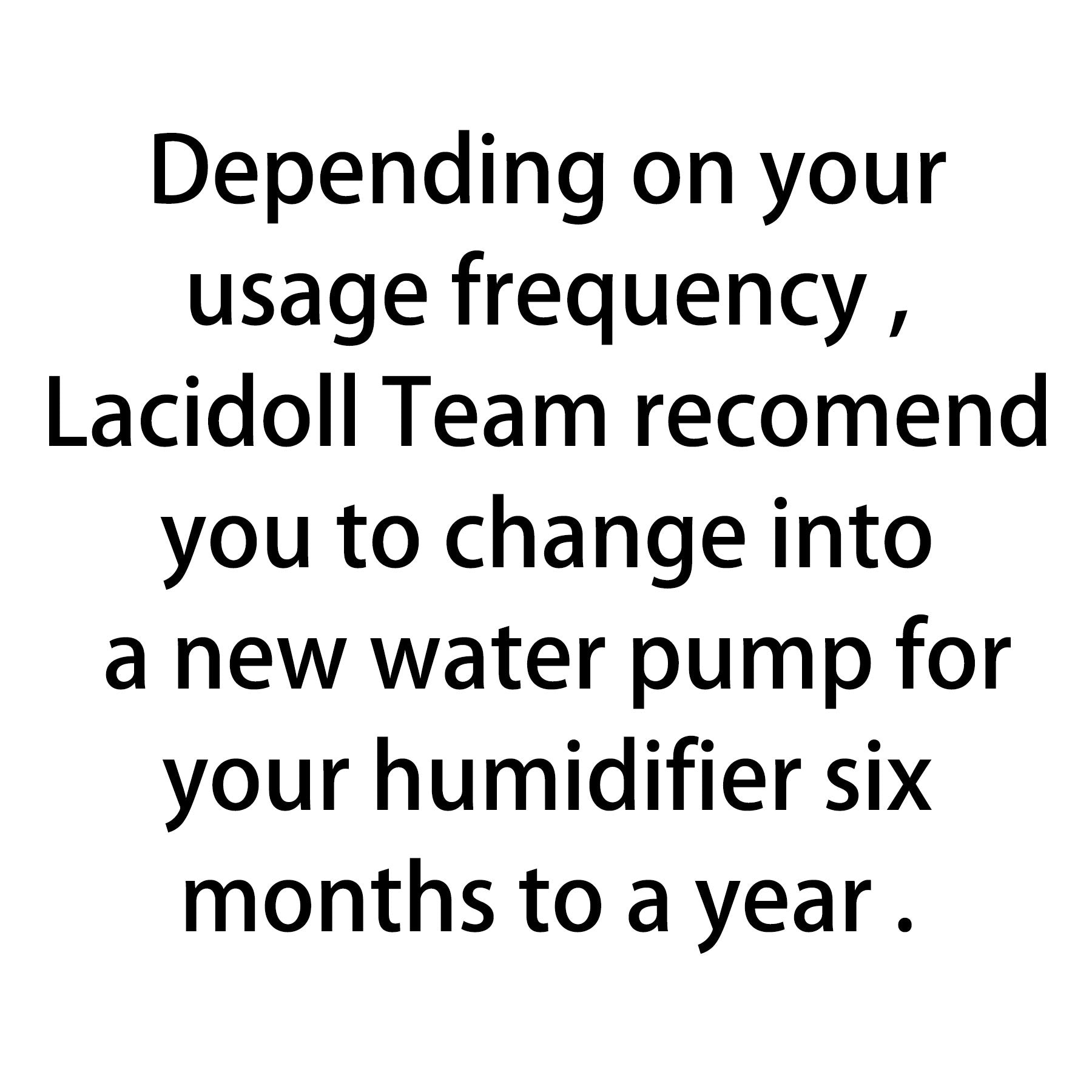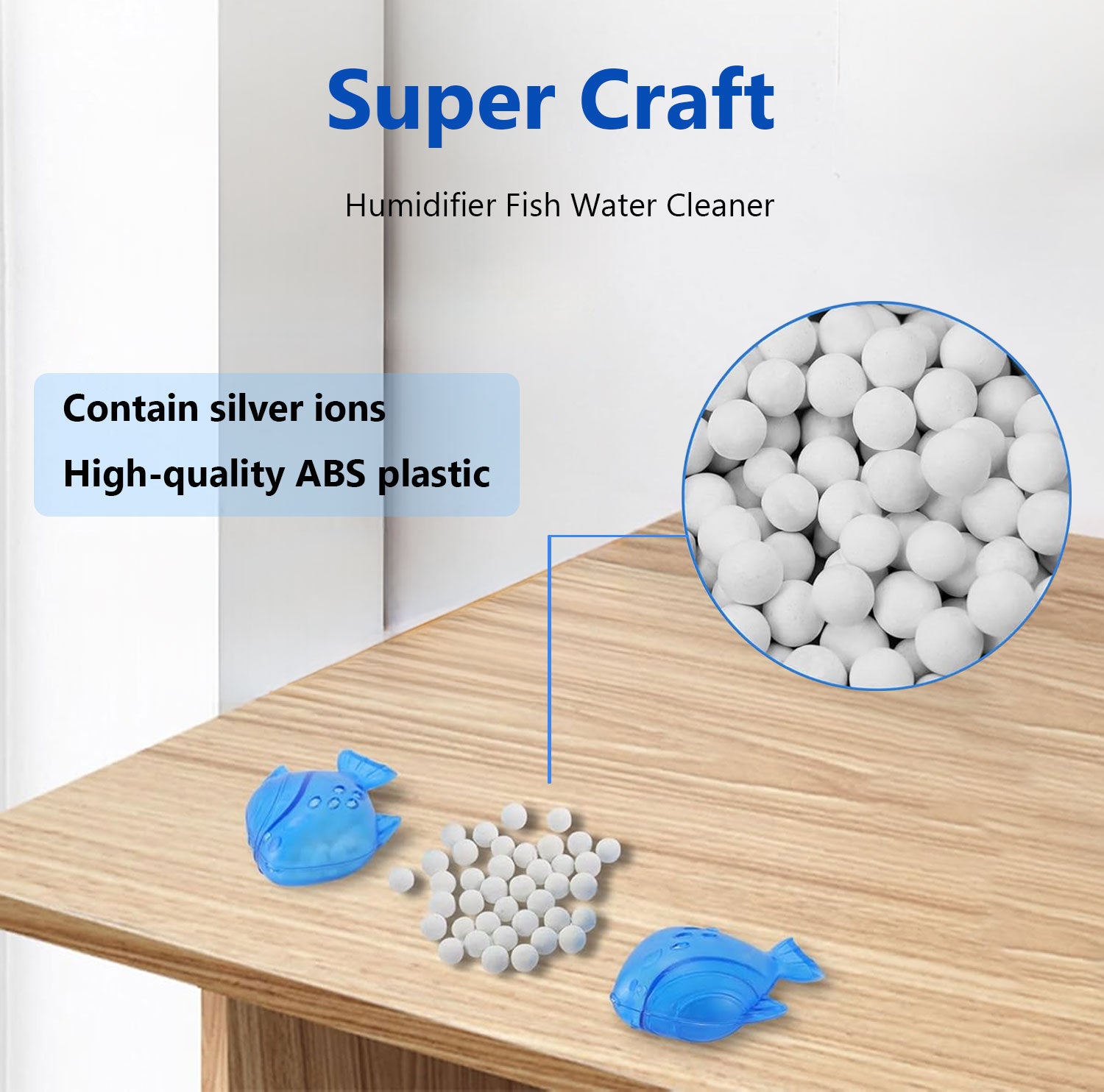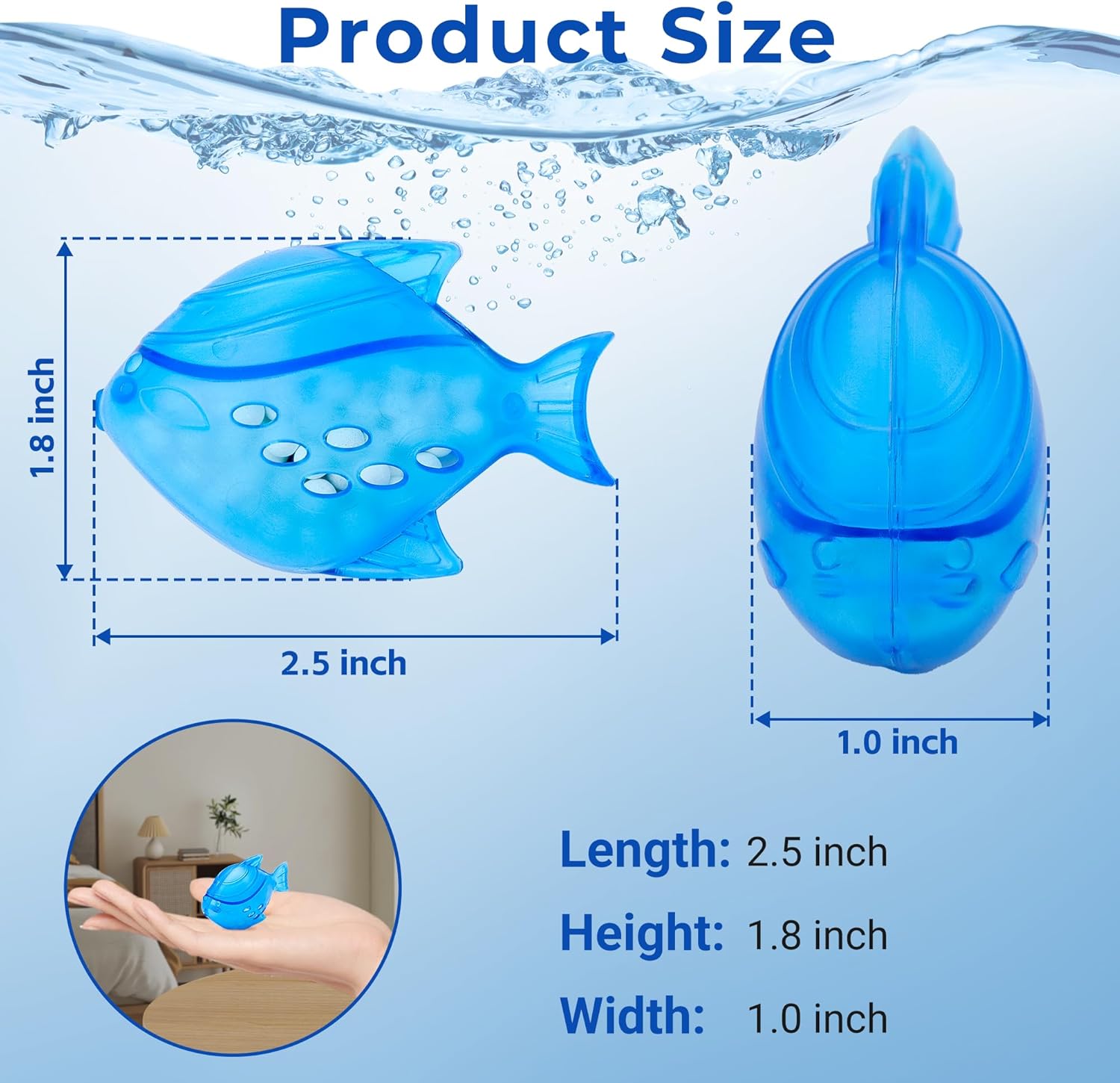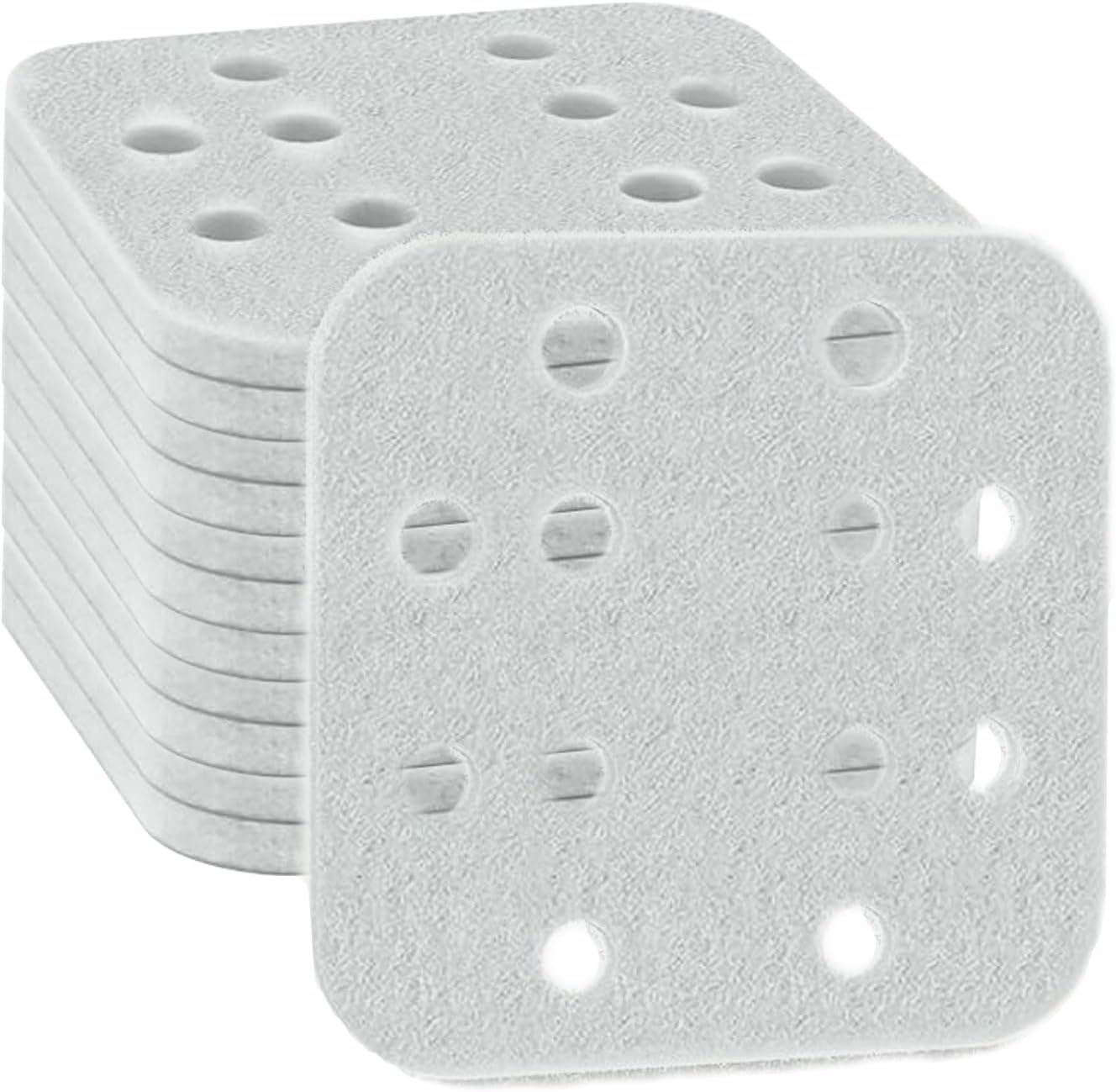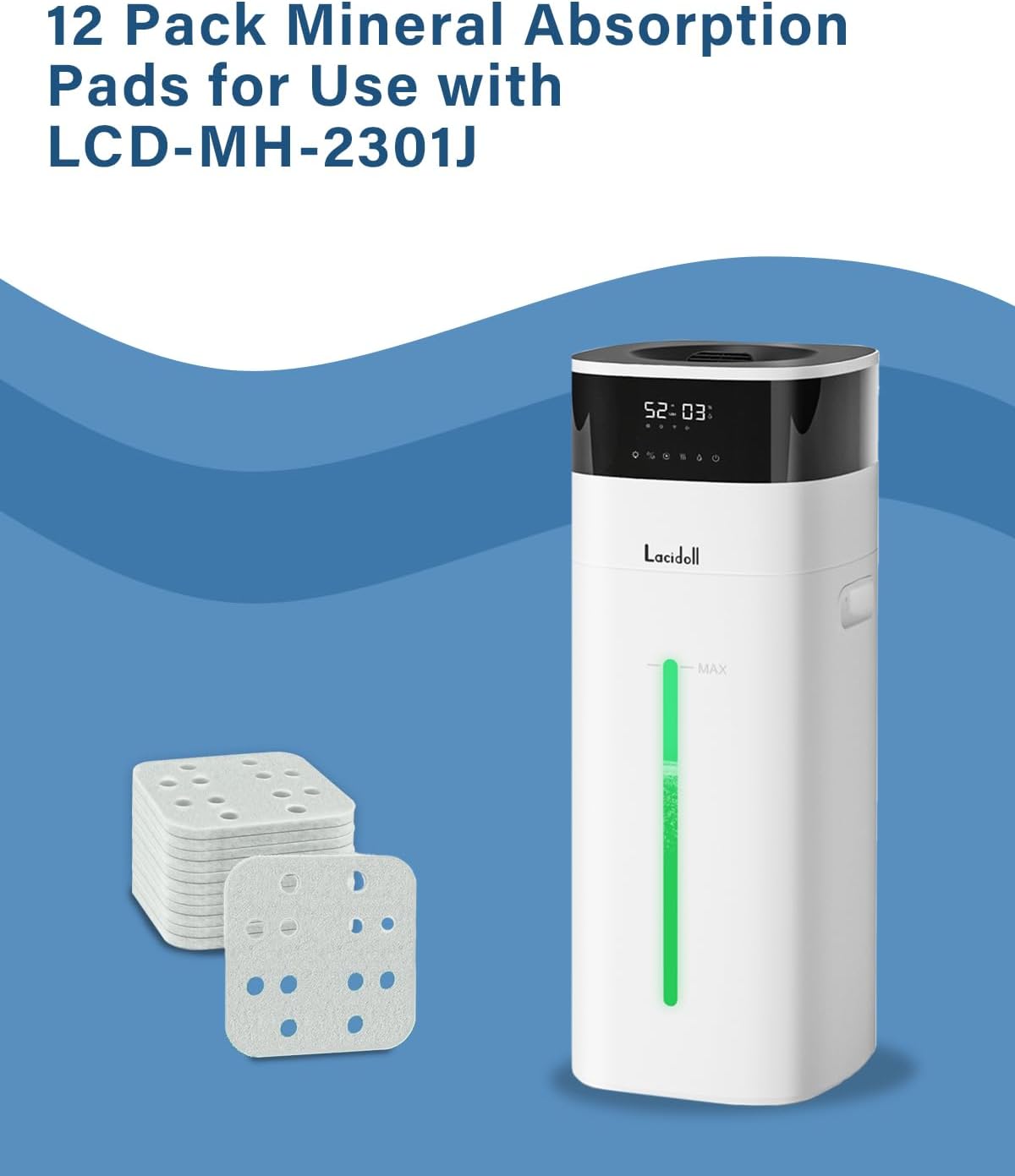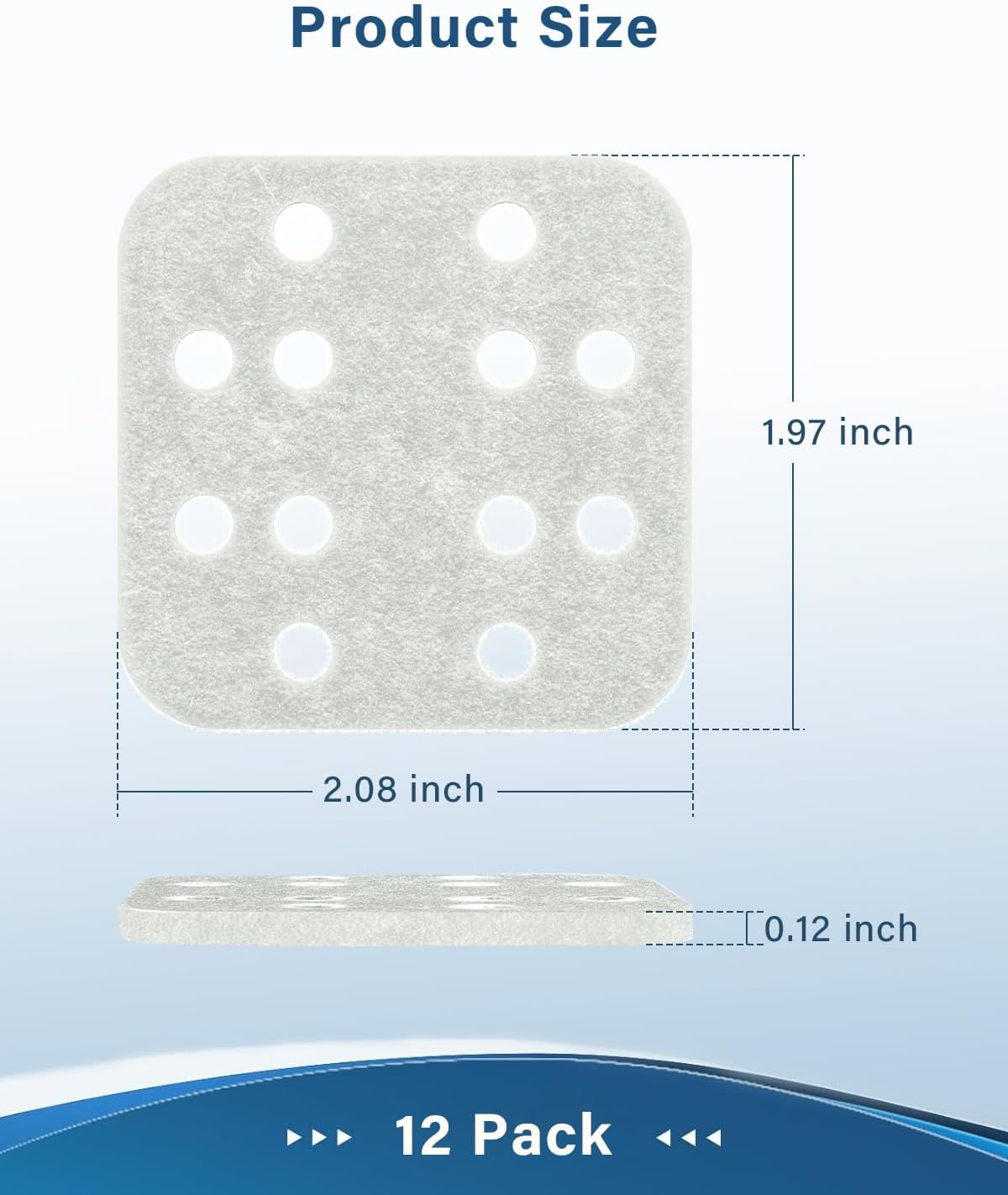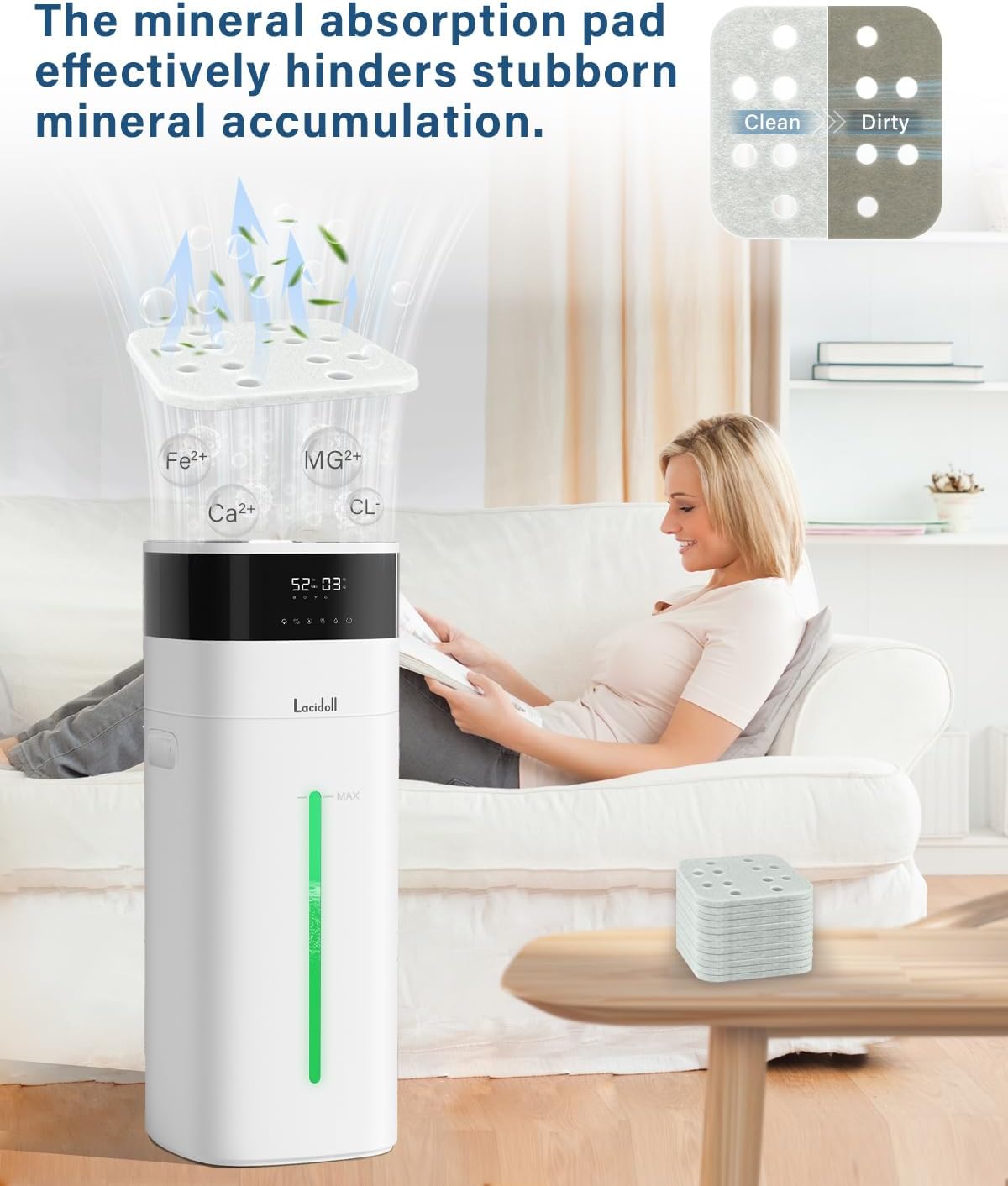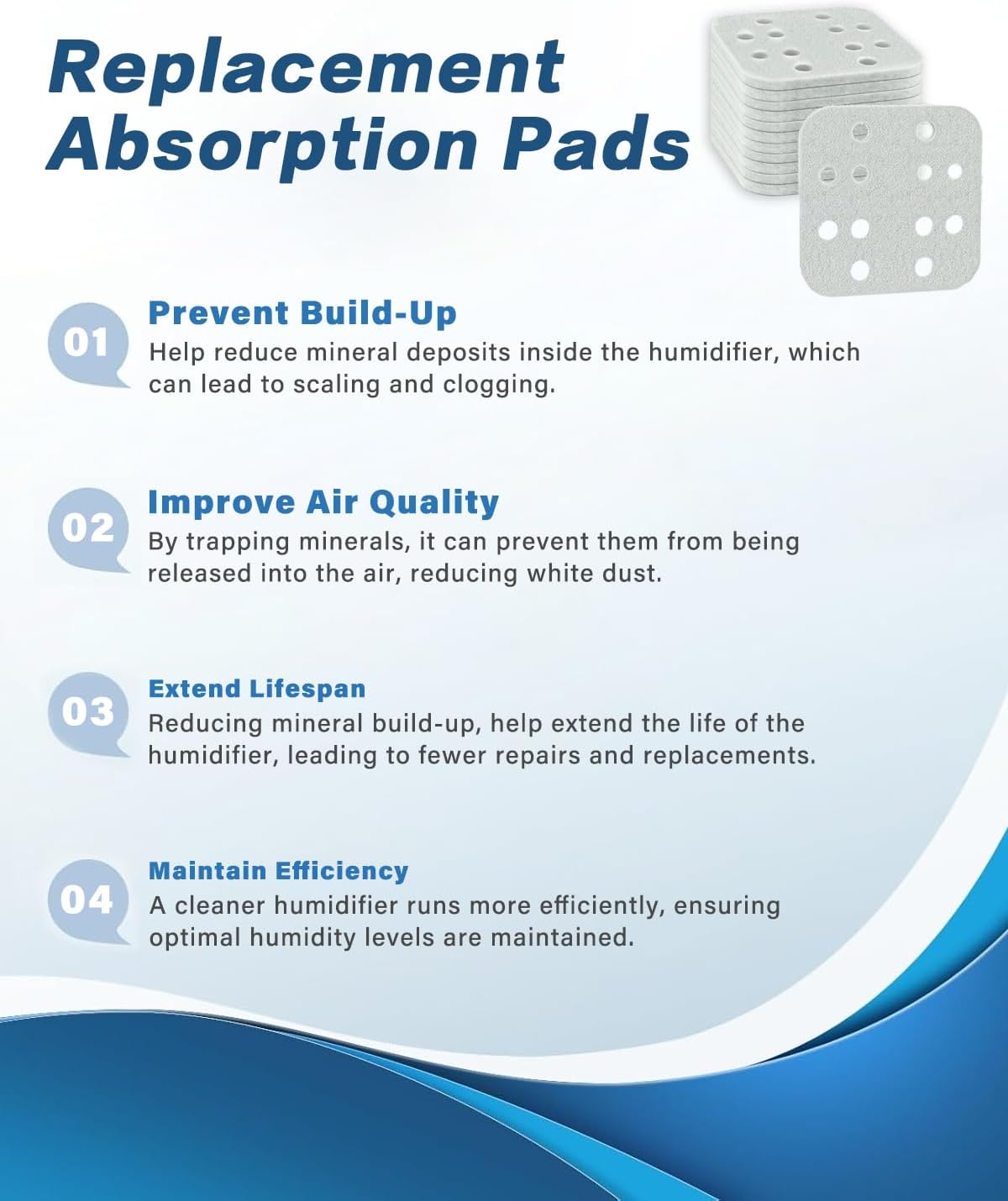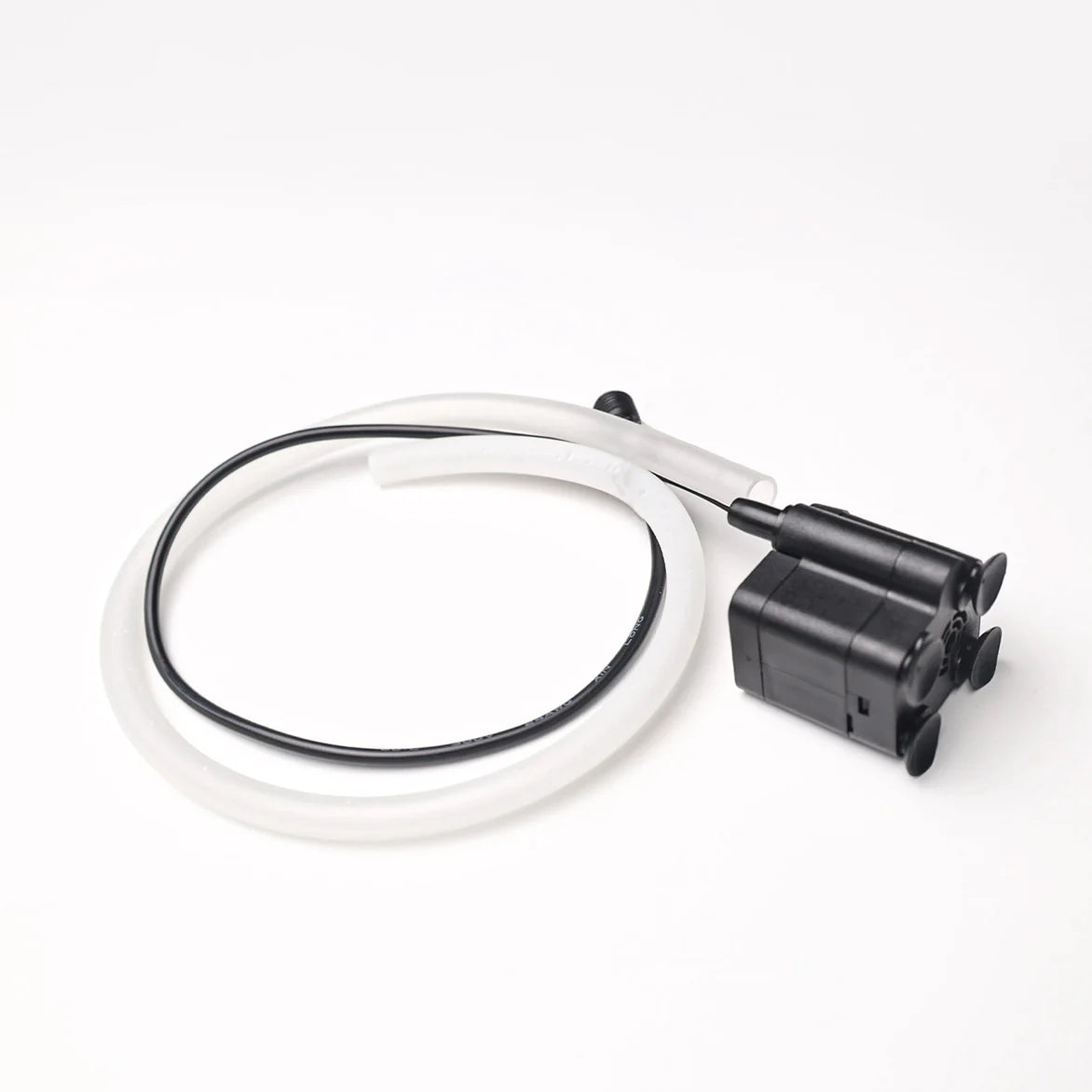Dry winter air can leave your throat scratchy, your skin tight, and your environment uncomfortable. But a humidifier might just be the answer! However, do you know how to use it correctly? Choosing the right humidifier is just the first step. Knowing how to maximize its use will truly improve your indoor air quality and comfort. Today, let’s talk about the proper way to use your humidifier and how to easily say goodbye to dry air.
Step 1: Properly Position Your Humidifier
First, ensure your humidifier is placed in the right spot. This is crucial for both effectiveness and safety.
-
Placement: Put the humidifier in the center of the room or at a safe distance from walls and furniture, so the mist can distribute evenly. Avoid placing it too close to windows to prevent cold outdoor air from affecting its performance.
-
Avoid Directing Mist at Beds or Sofas: Direct mist on your body for extended periods may cause discomfort like headaches or allergies.
-
Tip: Keep the humidifier away from electronics to prevent moisture damage.
Step 2: Control the Humidity Level
The humidifier’s job is to maintain optimal humidity, but both too much or too little humidity can negatively affect your health. The ideal indoor humidity level is typically between 40% and 60%.
-
Monitor Humidity: Many humidifiers have built-in hygrometers that display the current humidity level. Alternatively, you can buy a separate hygrometer to ensure your room stays in the right range.
-
Avoid Over-Humidifying: Too much humidity can promote mold growth and respiratory issues. Set your humidifier to automatically shut off once it reaches your desired humidity level.
-
Tip: Check the room’s humidity levels morning and night, especially during seasonal changes, to maintain the ideal balance.
Step 3: Keep Your Humidifier Clean
The effectiveness of your humidifier depends on how clean it is. Neglecting regular cleaning can lead to bacterial and mold growth, which negatively impacts air quality.
-
Regular Cleaning: Clean your humidifier once a week, especially the water tank and filter. Ultrasonic humidifiers are easy to clean—just wipe them down with water and a soft cloth. Steam humidifiers need more frequent descaling to remove mineral buildup.
-
Use Distilled Water: If possible, use distilled or filtered water to reduce mineral buildup, which can extend the lifespan of your humidifier.
-
Change Filters Regularly: If your humidifier has a filter, it’s important to replace it every 2-3 months.
-
Tip: Don’t wait for the humidifier to develop mold or odors. Keeping it clean ensures better air quality.
Step 4: Control the Usage Time
Running the humidifier all the time isn’t necessary. Overuse can waste electricity and may lead to over-humidification.
-
Set a Timer: Many modern humidifiers come with a timer function to help you control the runtime. Typically, running it for 2-4 hours during the day and longer at night is sufficient.
-
Nighttime Use: If you use it at night, choose a quiet ultrasonic humidifier that can run continuously through the night to maintain a comfortable humidity level.
-
Tip: Avoid running the humidifier non-stop, especially in seasons with higher humidity levels, to prevent the air from becoming too damp.
Step 5: Ensure Proper Ventilation
While a humidifier helps increase humidity, it’s important to maintain good airflow to prevent excess moisture buildup.
-
Ventilate the Room: Even in winter, it’s important to keep the air circulating. Open windows periodically to allow fresh air to flow, which will help balance the humidity levels.
-
Avoid Excess Humidity: If it’s a particularly humid day or if there are many plants or other moisture sources in the room, you may not need the humidifier. Excessive humidity can encourage mold growth and affect air quality.
-
Tip: When using the humidifier in a damp environment, be extra careful about monitoring the humidity levels to avoid over-humidifying the room.
Step 6: Take Advantage of Extra Features
Modern humidifiers do more than just add moisture—they often come with features that enhance your experience.
-
Automatic Humidity Adjustment: Some humidifiers have sensors that automatically adjust the mist output based on the room’s humidity level. This makes them more energy-efficient and convenient.
-
Aromatherapy Feature: Many humidifiers can double as diffusers. Add a few drops of essential oils to enjoy both humidification and aromatherapy benefits, improving the overall air quality.
-
Tip: Look for a humidifier with humidity sensors and an auto-shutoff feature to make the process even easier and more efficient.
By using your humidifier correctly, you can not only improve the humidity in your home but also enhance your overall quality of life by preventing the discomfort caused by dry air. With the right cleaning habits, humidity control, and proper usage, you can enjoy fresh, healthy air in no time. So follow these simple steps and let dry air be a thing of the past!




